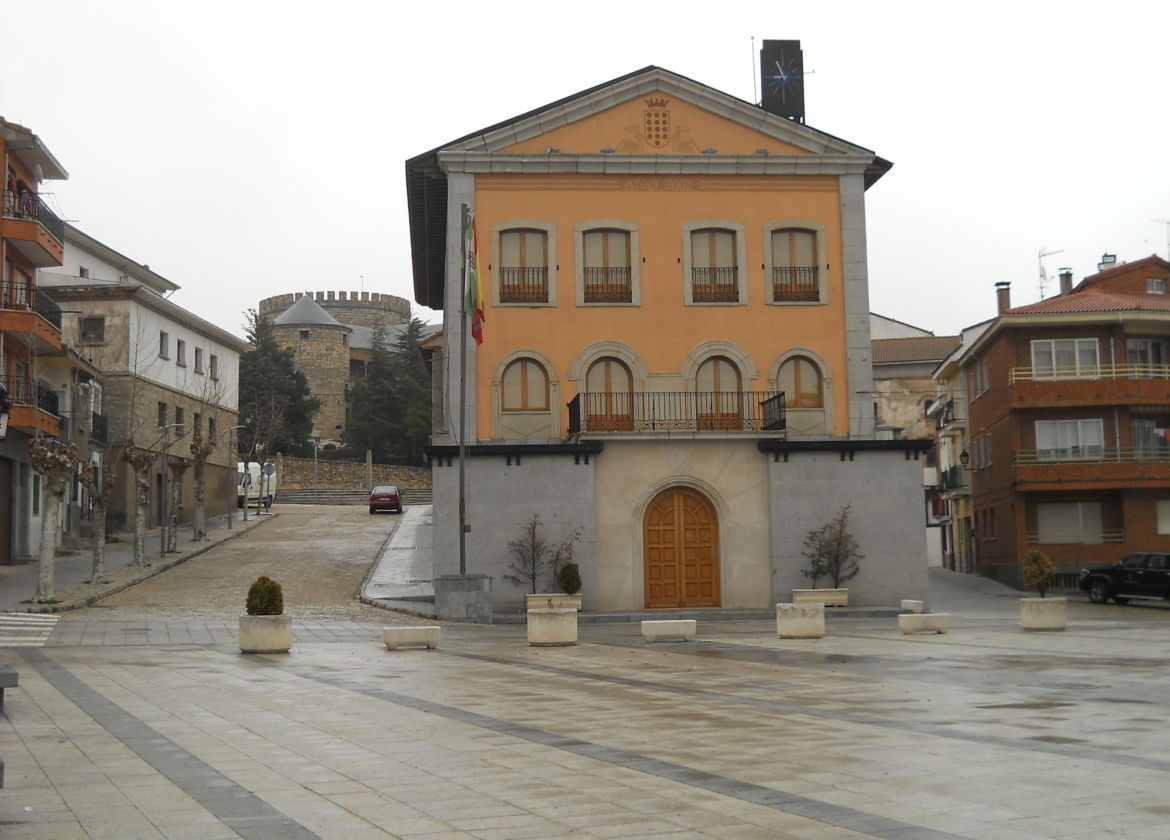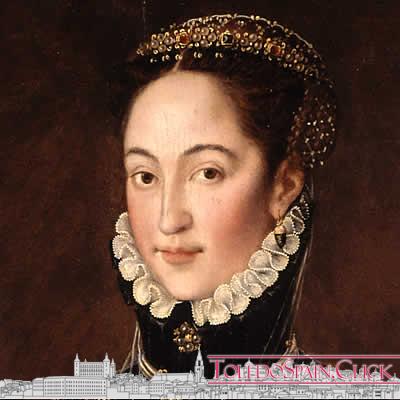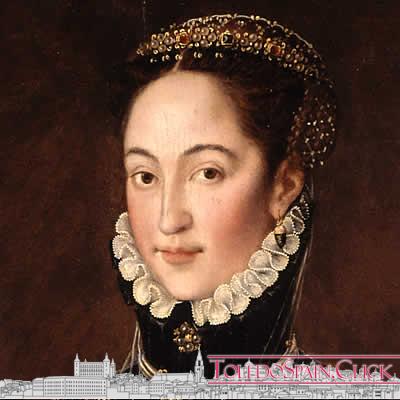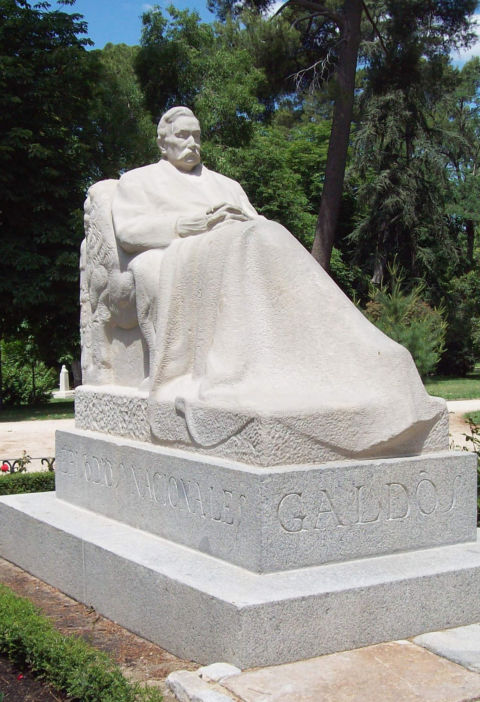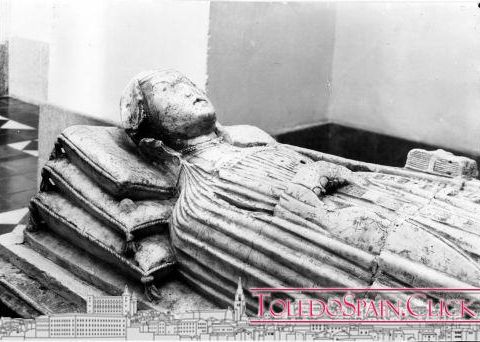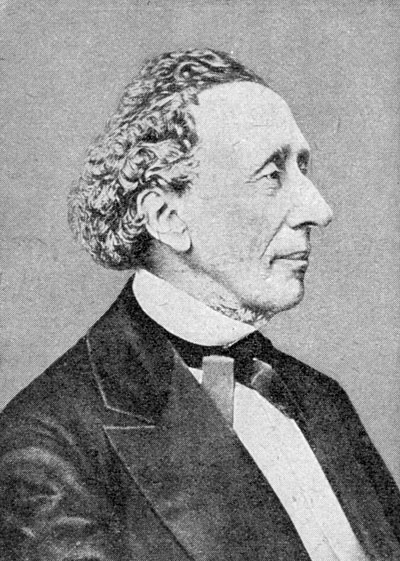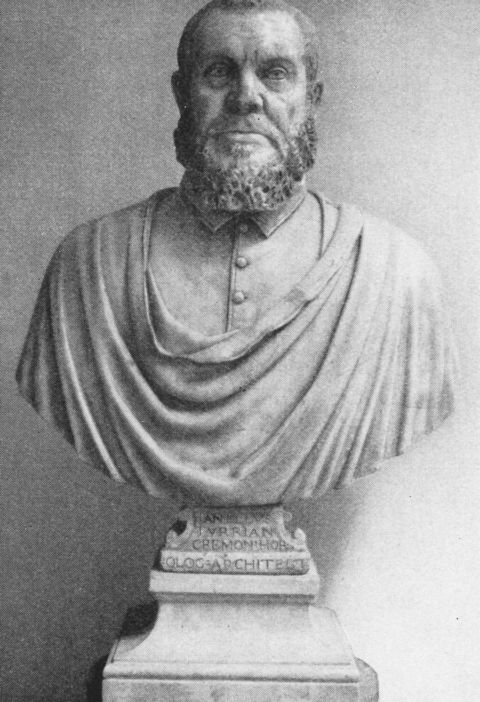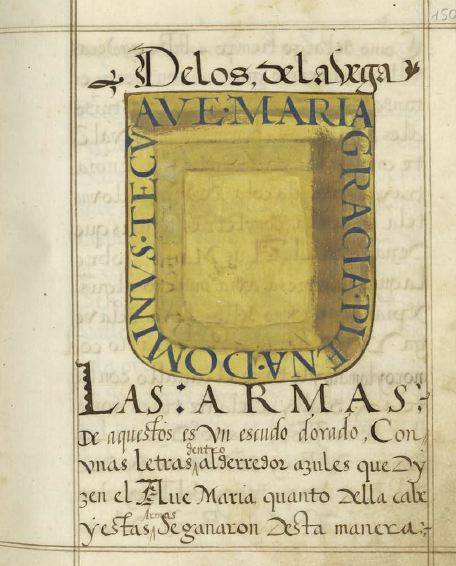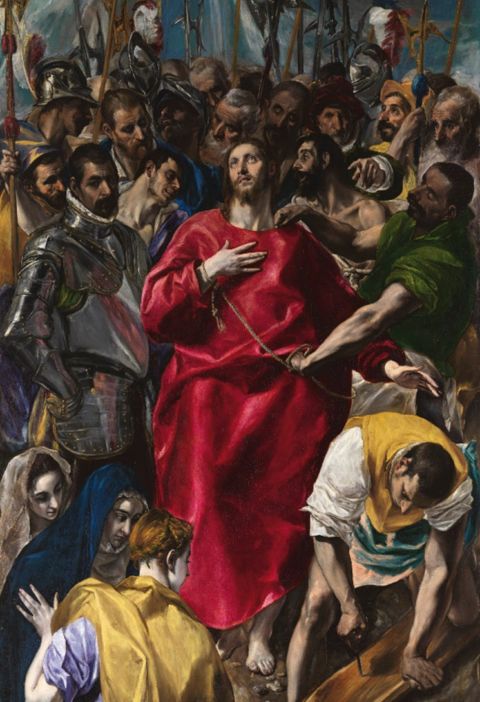The brilliant Lope de Vega served the III Marqués de las Navas as secretary and gentleman, listening to a curious story related to Toledo that we now go into detail in this article by José García Cano.
Pedro Dávila y Córdoba, II Marqués de las Navas [1] (? – 1579) married Jerónima Enríquez de Guzmán having as descendants Pedro Esteban, III Marqués de las Navas (1560 – 1623), Enrique, I Marqués de Povar (ca.1612 – 1630), Antonio, Leonor and María. We are now interested in Pedro Esteban, who inherited the title of III Marqués de las Navas[2]. This interest comes to us because Pedro Esteban’s secretary was the famous Phoenix of the Ingenios, that is, Lope de Vega, and on the other hand because of the gruesome story of which he was the protagonist and which we narrate below.
We know the relationship of the members of this marquisate with the monarchy, since the father of the II Marquis, that is to say Pedro Dávila y Zúñiga, III Conde del Risco and I Marqués de las Navas (1492 – 1567), had been butler of Felipe II in his trips to England and Flanders. As for his son Pero Dávila y Córdoba, -the II Marquis- he was a friend of Felipe II, as well as an ambassador of Spain.
 Detail of the painting by Antonio Moro of the II Marqués de las Navas, Don Pedro Dávila y Córdoba (1559), conserved in the Tavera Hospital in Toledo. Ducal House of Medinaceli Foundation.
Detail of the painting by Antonio Moro of the II Marqués de las Navas, Don Pedro Dávila y Córdoba (1559), conserved in the Tavera Hospital in Toledo. Ducal House of Medinaceli Foundation.
The genius Lope de Vega served the III Marquis de las Navas as secretary and gentile man, since having not finished his high school studies, he had to earn his living working for several aristocrats, such as the Marquis of Malpica, the Duke of Alba or the Duke of Sessa. Lope was at the service of the III Marquis de las Navas from 1583 to 1587. During this period, Lope would probably hear from the Marquis, a curious story that happened to him and would later lead to the role in the form of a comedy entitled “The Marquis of Las Navas”. One day in the marquis’ hectic and boisterous social life, he engaged in a fight in which he killed a man, whom Lope in his comedy calls Leonardo and who curiously points to him as natural to Toledo.
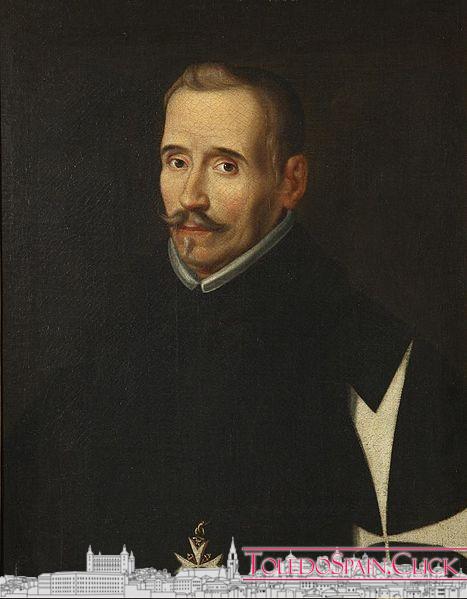 Lope de Vega in the habit of the Order of St. John of Jerusalem or Malta. Work of Eugenio Cajés, from 1617. Lázaro Galdiano Museum.
Lope de Vega in the habit of the Order of St. John of Jerusalem or Malta. Work of Eugenio Cajés, from 1617. Lázaro Galdiano Museum.
This Leonardo, as Lope defines it, must have been a caring character because he abandoned his fiancée in Toledo to go to Madrid to marry another, “but he is killed in a nocturnal pendency by the Marquis of Las Navas”. According to Lope’s comedy, Leonardo’s ghost will appear several times to the III Marqués de las Navas to arrange a business “important for his soul”, because according to the text, what the ghost wanted was for the marquis to make a restitution in his name and to endow one of his daughters.
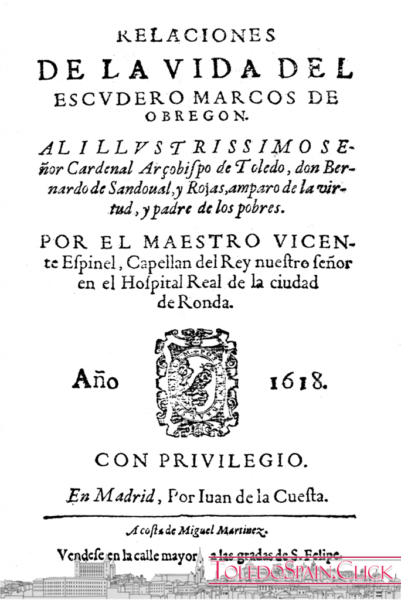 Cover of the work Relaciones de la vida del escuudero Marcos de Obregón, written by Vicente Espinel. Madrid, 1618
Cover of the work Relaciones de la vida del escuudero Marcos de Obregón, written by Vicente Espinel. Madrid, 1618
This curious and ghostly story was not only reflected by Lope himself in the aforementioned comedy, but a few years earlier, Vicente Espinel had written it in his work “Relaciones de la vida del escudero Marcos de Obregón”. But the most surprising thing about this case is that it was not the first time that a member of the Dávila family had contact with death, since the father of the III Marqués also starred in another similar episode some time ago, which we can perhaps interpret as a curse clinging to the Marquisate of the Nava. This second story will also go down in history in a painting owned by the Ducal Medinaceli Foundation at the Hospital de Tavera in Toledo[3] and attributed to Antonio Moro[4]. In the painting reproduced in these lines, we can see in the foreground the portrait of the II Marqués de las Navas, and in the upper left part another scene where the Marqués is dispatching with a skeleton that represents a ghost that talks and dialogues with him.
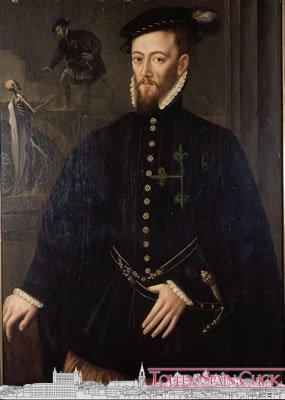 Picture attributed to Antonio Moro with the image of the II Marqués de las Navas. Above left, the Marquis himself conversing with a ghost (ca. 1559). Currently deposited in the Tavera Hospital in Toledo. Ducal House of Medinaceli Foundation.
Picture attributed to Antonio Moro with the image of the II Marqués de las Navas. Above left, the Marquis himself conversing with a ghost (ca. 1559). Currently deposited in the Tavera Hospital in Toledo. Ducal House of Medinaceli Foundation.
Apart from the interpretation of these traditions as a possible legend or curse that could have persecuted the Marquises de las Navas, the truth is that the story is very curious and that is why we are going to reproduce below the part of the same one that Vicente Espinel left written in his “Relaciones…” where he explains to us in detail the lance in which the aforementioned Marquis was involved when he went out to party one night in the Madrid neighbourhood of Lavapiés together with his brother Enrique with Felipe de Córdoba, at which time he felt like evacuating minor waters, finding himself in a certain alley with two individuals whom he had to face, with such bad luck that the spirit or ghost of one of them will be the one that will torment him later on several occasions. Let’s see how Espinel described the story that gives origin to the apparitions of the ghost:
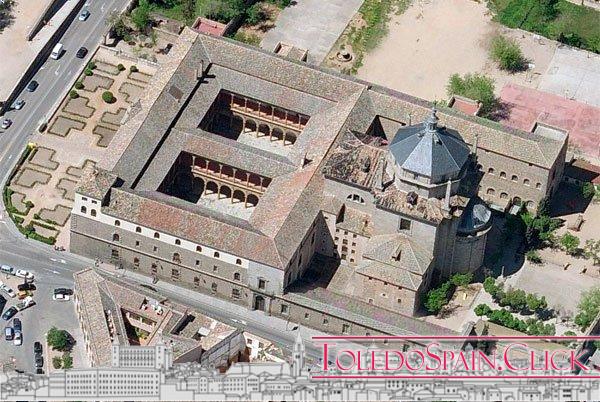 Aerial view of Hospital Tavera or San Juan Bautista in Toledo, where the painting of the II Marqués de las Navas is located. Image: Ducal House of Medinaceli Foundation
Aerial view of Hospital Tavera or San Juan Bautista in Toledo, where the painting of the II Marqués de las Navas is located. Image: Ducal House of Medinaceli Foundation
… Then don’t the dead usually come to talk to the living? Not by the way, I answered, but when for some business of great importance God gives them permission for it, as in that case so stupendous and worthy of being known that happened to the Marquis of Navas who spoke to a dead man from whom he had taken his life; but he came to things that mattered to him for the quietness and rest of his soul… To which Marquis? the hermit asked. To the one who is now alive, I answered, Don Pedro de Ávila[5]. If your worship does not grow weary, said the good man, and though he grows weary, tell him how it happened, what a frightful thing and of our days it is good for all to know.
… The case was this way:
” When the Marquis was imprisoned by order of his King in San Martín de Madrid, monastery of the Order of Saint Benedict, and his great knights visited him, many times or always they stayed at night accompanying him, particularly Mr. Enrique, Marquis of Pobar, his brother, and Mr. Felipe de Córdoba, son of Mr. Diego de Córdoba, major knight of Felipe II and one night, among many, he gave them the desire to go for a walk to the Marquis and to Mr. Felipe: They went towards the neighborhood of Lavapiés, and while speaking through a window, the Marquis said: “Wait for me here, for I am going to that alley with a certain natural need: he found in it two men in the two corners, who did not let him pass. The Marquis said: “You mercedes know that I am going with this need, and he went against his taste. One of them threw a lunge at him, and the Marquis threw another at his own: each thought he was leaving the other dead. With the same movement that the Marquis took out the sword, which had the garrison in the chest, he gave the other a knife, with which he opened his head. The two who could not move were left; the one with the dead lunge, although standing, the one with the wound out of itself. The Marquis went and called Don Felipe, and they went to San Martín. While he was there, it seemed to him that to sleep without finding out what had happened was wrong, he told it, and the two determined to go. It was the Marquis with them, who didn’t want them to go without him, and they found the neighborhood in turmoil, saying that two men had died there. They returned without finding the place where anything else had happened but two bloody linen cloths. The one who had been left with the wound went to Toledo, and from there he sent to know if the Marquis was dead, who had known him when he gave him the thrust, and having healed himself to the best of his ability, he came to die of the wound: he made a will before, and since he knew that the Marquis had not been harmed, because the thrust had been to the dodge, he left it for his will. The Marquis knew this through a relationship of a religious who came to tell him who was leaving him for testamentary. Within five or six days, after the death of this man, with the Marquis lying in his bed, and Don Enrique his brother, and Don Felipe de Córdoba in the same room in another bed, the door closed to sleep, they arrived and removed the clothes from the same bed. The Marquis said: “Get away from there, Don Enrique, and the person who was there replied with a hoarse voice full of horror: It is not Don Enrique. Scandalized the Marquis got up very quickly, and drawing the sword that he had at the head, he threw so many knives, that Don Felipe asked: What was that? My brother, the Marquis, is,” said Don Enrique, “who is stabbed with a dead man. He gave as many as he could, until he got tired, not running into anything, but some walls.


